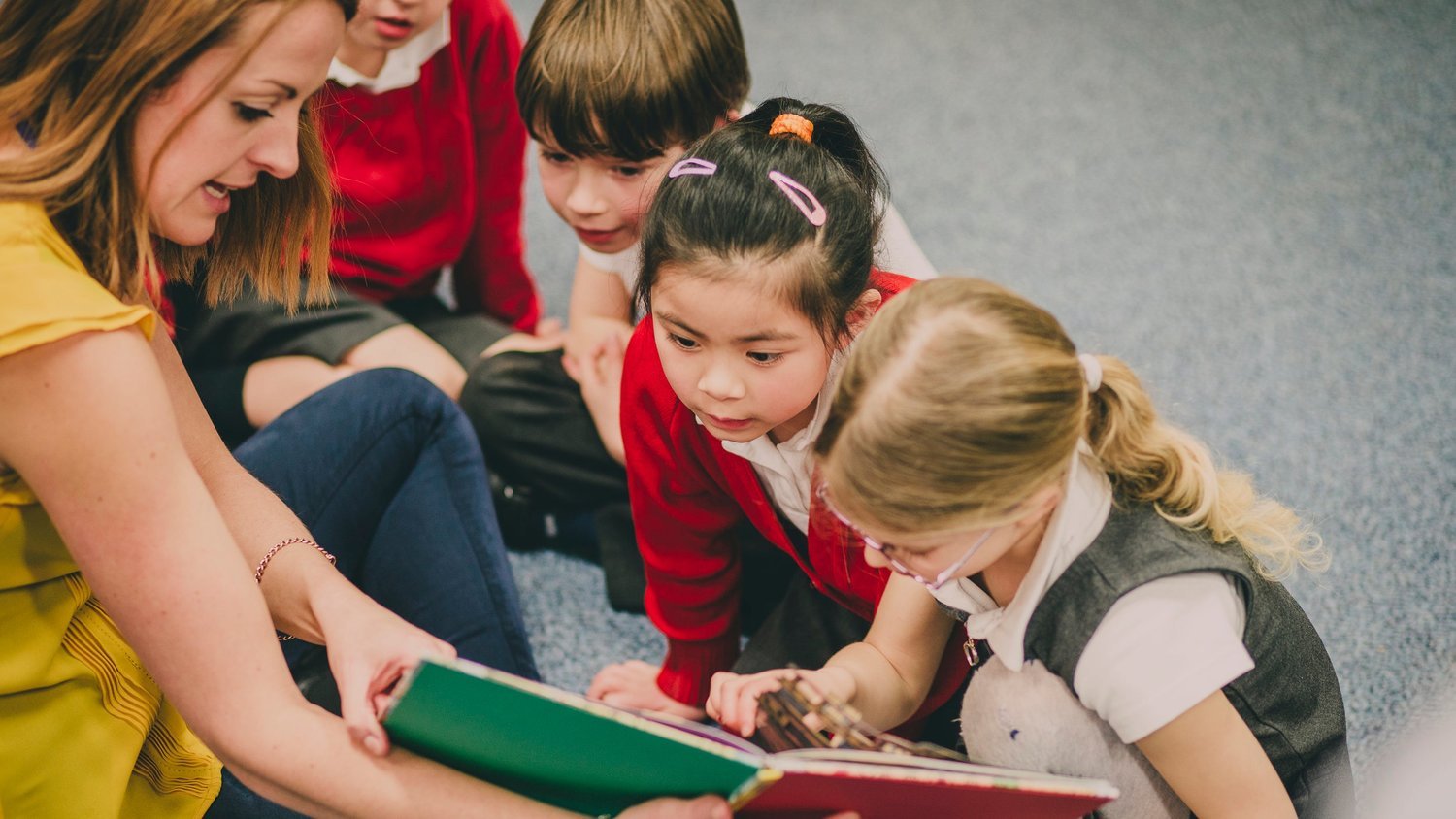Keeping it real in SRE
1/02/23
I had the great joy of teaching two Kindy SRE classes last year. One class in particular seemed to be starting from scratch with very little knowledge of God or the Bible. There was one boy, let’s call him Troy, who participated enthusiastically all year, remembering stories and songs and answering questions. It was his incidental comments that shocked me. As we were sitting together over workbooks one day, another student shared about a situation at home. I said, “You can talk to God about that. We can always ask him for help”.
And then, as if he was thinking aloud, Troy said, “Yeah but God isn’t really real”.
Now of course, SRE is an educational activity and it’s good that students critically reflect on what they are taught, even in Kindy. We also know that there are some students who will reject Christianity, and we respect their free choice.
I was still sad to hear Troy’s comment. It was perhaps, not from a rejection of faith, but from a sense that SRE was about information that was somewhere in the region of fairy tales and ‘school’ books that were totally divorced from everyday life. Troy was happy to learn the Bible stories and hear about God. He knew the memory verse, that God’s love reaches higher than the heavens! (Psalm 57:10). But for some reason, it didn’t seem real.
Paul’s letter to the Corinthians comes to mind. In both 1 and 2 Corinthians, Paul describes his task as a gospel worker. It is not his ‘wise and persuasive words’, but by the Spirit that the gospel message bears fruit (1 Corinthians 2). It is ‘God who makes things grow’ (1 Corinthians 3:7). It is God who ‘made his light shine in our hearts to give us the light of the knowledge of God’s glory displayed in the face of Christ’ (2 Corinthians 4:6). While I want to do my best as an SRE teacher, I know it is also God’s work in Troy’s heart. Paul’s conclusion in 2 Corinthians 4 is that despite the challenges, ‘we do not lose heart’ (2 Corinthians 4:16).
So I’m not losing heart. I’m thinking of ways I can help students like Troy see how real and life-changing the message we bring is. Here are three.
1. Prayer – I will be praying for my students of course, knowing it is God’s work in their hearts that draws them into relationship with him. But I will also be aiming to pray more with my students. Prayer is a way we can model what relationship with God looks like week by week. It is possible to make it so informal that it’s not a genuine glance into that personal relationship with God, but my aim is to let my guard down a little and pray more with my classes. I want prayer to be a set part of the lesson and a response to the little things that come up. I always want to be age-appropriate, and consider how my prayers can be helpful, but my aim is to model that real relationship with our real heavenly Father.
2. Photos – This was shared at the SRE Conference a few years back by an experienced teacher and I am more and more convinced it is a great suggestion. Use photos of the real places when you’re teaching Bible stories. Photos of what Bethlehem looks like now, for example, or other locations that come up in our stories. These are helpful because while unfamiliar, these photos are of real places that it is possible to visit. Drawings and pictures are great, I use them most of the time, but I plan to also include photos when I can. You might have someone in your church who has visited these places and can share their photos or a simple Google search will uncover some options.
3. Personal stories – Not as easy as it sounds but hopefully the benefit is again that students will get a glimpse into my relationship with God and the day to day reality of that. I’ve discovered that sharing personal stories requires preparation and thought to ensure what I share is helpful rather than distracting. The aim is to complement the main idea of the lesson and model faith to students, and so my stories need to be carefully chosen. The best stories are those that point to Jesus as saviour rather than making myself the ‘good’ one, and appropriately share my response to God’s goodness (repentance, joy, trust and so on).
I’m sure I will have more students like Troy in my classes this year and you probably will too. I want to do everything I can to help him see that SRE is not like other subjects at school. It’s about a God who is very real and wonderfully good. A God we can not only learn about but be in right relationship with, because of Jesus. That’s such good news, isn’t it?

